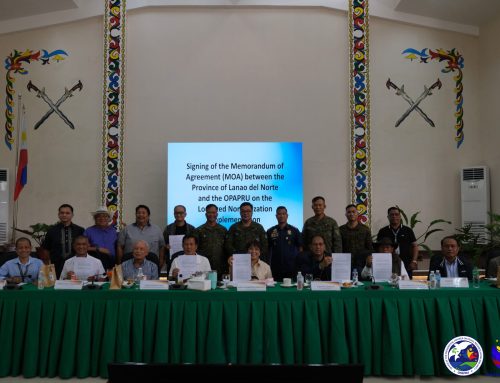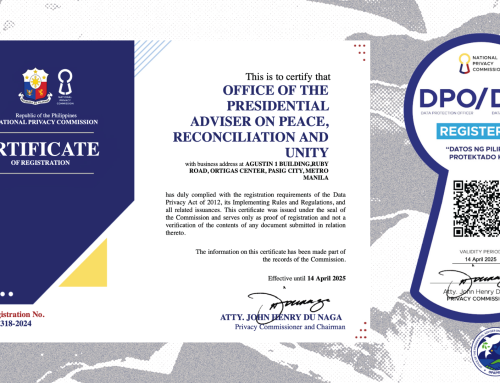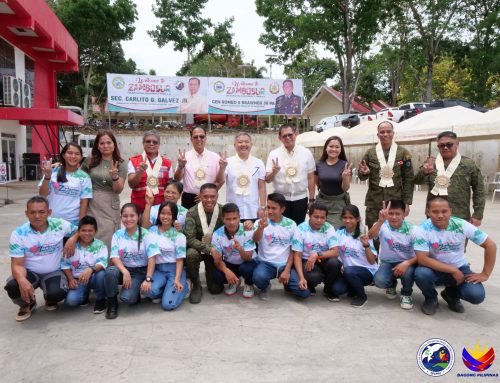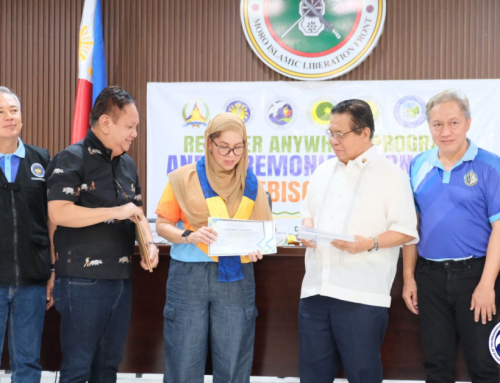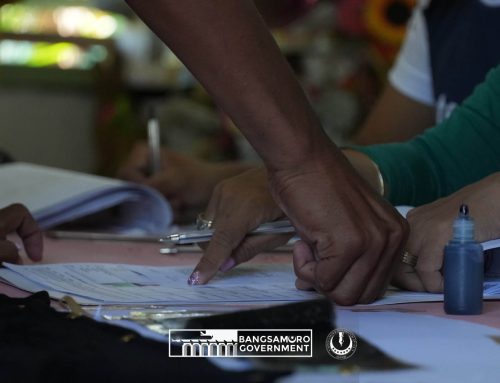MUNAI, Lanao del Norte, May 4, 2019 – Presidential Peace Adviser Carlito G. Galvez Jr. brought a top official of a government financial institution, private investor, as well as non-government organization (NGO) to the hinterland Moro Islamic Liberation Front (MILF) Camp Bilal under the command of Hadji Abdullah G. Makapaar, popularly known as Commander Bravo, to discuss economic opportunities for residents in the area.
In a two-day visit, Galvez accompanied Emmanuel G. Herbosa, president of the state-owned Development Bank of the Philippines (DBP), and businessman John Perrine, who has been a long-time agri-business investor in Mindanao, and Reynaldo Antonio D. Laguda executive director of Philippine Business for Social Progress (PBSP) to meet Makapaar, now a member of the Bangsamoro Transition Authority (BTA), to explore the possibility of establishing an abaca plantation.
“We are bringing in a banker, an investor, and developmental NGO to help develop these communities into productive agricultural areas. This is part of our measures to fast-track the implementation of camp transformation, which is under the normalization track of the peace agreement,” Galvez said.
The Annex on Normalization, which is largely focused on the decommissioning of MILF combatants and weapons, also covers the rehabilitation and transformation of MILF camps into peaceful and resilient communities.
Herbosa took advantage of the visit to discuss the DBP’s program to help finance agricultural production with residents, while Perrine expressed his company’s interest to venture into abaca production in farm areas within the camp.
Laguda for his part committed to mobilize resources from the business community to help in the camp transformations.
During the visit, Galvez said the group participated in the regular meeting among base commanders and residents under the MILF North Western Mindanao Front to explain to them the Normalization process.
Quoting Makapaar, Galvez said the MILF commander was “very happy” for the visit, saying the meeting is an indication of “genuine partnership” among the government, the MILF and private sector.
The proposed abaca production venture targets to generate employment for over 3,000 people.
“With this development, the livelihood and employment in this area is ensured. The government needs the help of the private sector to bring in the needed economic opportunities,” Galvez emphasized.
Government Implementing Peace Panel members OPAPP Director and Chief-of-Staff David B. Diciano, and Ariel Hernandez were also present during the visit.
Prior to the visit last May 2 and 3, a community development planning workshop for Camp Bilal was carried out in partnership Balay Mindanaw and Heneliban Foundation.
This is to help the residents in the camp to come up with a blueprint that will serve as guide for them to develop their community.
Galvez said Camp Bilal is among the initial camps of the MILF identified in the Comprehensive Agreement on the Bangsamoro (CAB) that will undergo a transformation process. Other camps include Camp Bushra, Camp Rajamuda, Camp Abubakar, Camp Bad’r, and Camp Omar.
Aside from Camp Bilal, the team also visited Camp Nasser and Camp Pokta, which are all are under the command of Makapaar.
Galvez noted that the government is now gearing towards the full implementation of the Normalization Program following President Rodrigo Duterte’s issuance of Executive Order No. 79 that aims to harmonize the government’s efforts in line with the Normalization Track of the Bangsamoro peace agreement.
The implementation of the Normalization track runs in parallel with the political track of the CAB, which is the passage and ratification of the Bangsamoro Organic Law, and the subsequent establishment of the Bangsamoro Autonomous Region in Muslim Mindanao (BARMM).
The Normalization phase’s four main components include security, socio-economic development, confidence-building measures, and transitional justice and reconciliation.
For this year, the Normalization track targets to decommission at least 12,000 combatants and their weapons. ###



